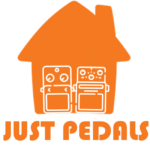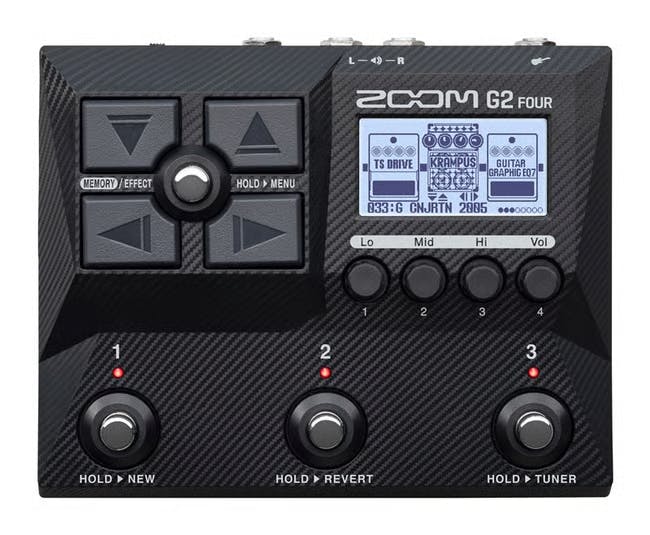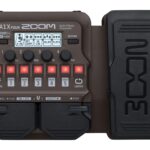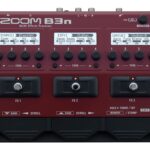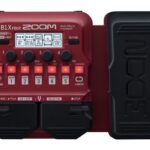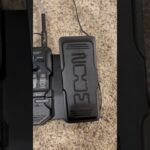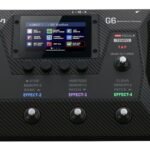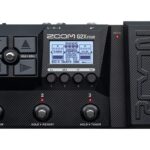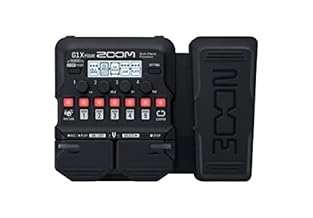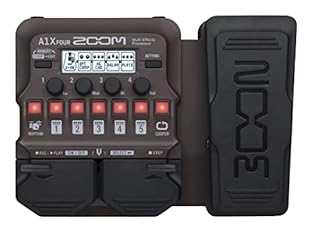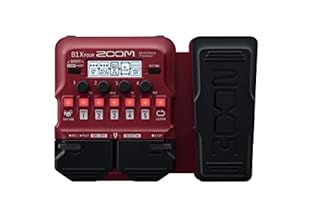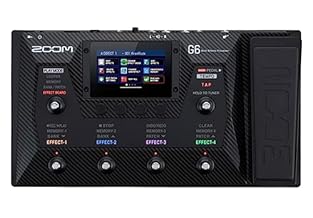Tasty Pedals made by Zoom
Zoom Corporation is a Japanese company that specializes in designing and manufacturing audio equipment, primarily focusing on digital multi-effects processors, portable recorders, and digital audio interfaces. Founded in 1983, Zoom has become a globally recognized brand known for its innovative products that offer high-quality audio recording and processing capabilities at affordable prices.
One of Zoom’s most popular product lines is their digital multi-effects processors, which are widely used by musicians, producers, and audio engineers for live performance and studio recording. These processors offer a wide range of effects, including guitar and bass effects, vocal processing, and studio-quality reverbs and delays, all in a compact and user-friendly format.
Zoom also produces a range of portable recorders, such as the Zoom H series, which are popular among journalists, podcasters, and field recordists for their high-quality audio recording capabilities and rugged design. Additionally, Zoom offers digital audio interfaces for connecting instruments and microphones to computers for recording and production purposes.
With a reputation for innovation, quality, and affordability, Zoom continues to be a trusted choice for musicians, content creators, and audio professionals worldwide, providing versatile and reliable audio equipment that meets the demands of modern music production and recording.
Just Pedal Ingredients.
Effects — An effect is a modification applied to the instrument’s sound to alter its tonal characteristics, dynamics, or spatial properties. Effects can be achieved through electronic devices such as pedals, processors, or built-in effects units, and they offer a wide range of sonic possibilities.
Musicians use effects to enhance their sound, create unique textures, and expand the expressive capabilities of their instruments across various musical genres.. Multi — A multi-effects pedal is a versatile device used by musicians, particularly guitarists and bassists, that combines multiple effects and signal processing features into a single unit.
It allows players to access a range of effects—such as reverb, delay, distortion, chorus, and more—without needing to use multiple separate pedals.
Multi-effects units typically offer a variety of preset and programmable options, enabling musicians to create and save complex effect combinations and signal chains tailored to their specific needs.
These pedals often include features like digital amp modelling, built-in tuners, and other utilities, providing an all-in-one solution for both practice and performance.
Multi-effects pedals can streamline setups, reduce pedalboard clutter, and offer extensive flexibility in shaping sound.
They are popular among musicians for their convenience, comprehensive capabilities, and the ability to experiment with different tones and effects in a single device.. Pedal — Your pedal is like a signature dish for your sound — a flavour-packed creation that transforms the bland ingredients of your guitar into something unforgettable. Each one adds its own seasoning, texture, and heat, turning a simple meal into a feast of tone.
These tasty little boxes sit in a row, like plates on a buffet, letting you mix and match flavours as you play. With one tap of your foot, you can swap sweet for spicy, subtle for smoky, and serve up something completely new. From the comfort food of warm overdrive to the fiery kick of fuzz, from smooth jazz sauce to heavy-metal spice, pedals give players a full menu of options to express their taste. And just like with food — once you’ve tried one dish, you’ll want to sample them all.
Collecting, trading, and discovering new flavours soon becomes part of the joy of being a tone-loving gourmet geek with a guitar.. Processor — A multi-effects processor is like having an entire kitchen at your feet — every flavour, tool, and recipe ready to go. Instead of serving just one dish, it’s a full menu of sounds: overdrive, delay, reverb, modulation, and more, all packed into one clever unit. Perfect for players who love to experiment, processors let you mix your ingredients to taste — a pinch of chorus here, a splash of delay there — and save your favourite recipes for instant recall. From compact stomp units to full-blown digital chefs’ stations, they deliver studio-grade control with live convenience. Ideal for guitarists who crave variety, consistency, and creativity — all from one plate..
